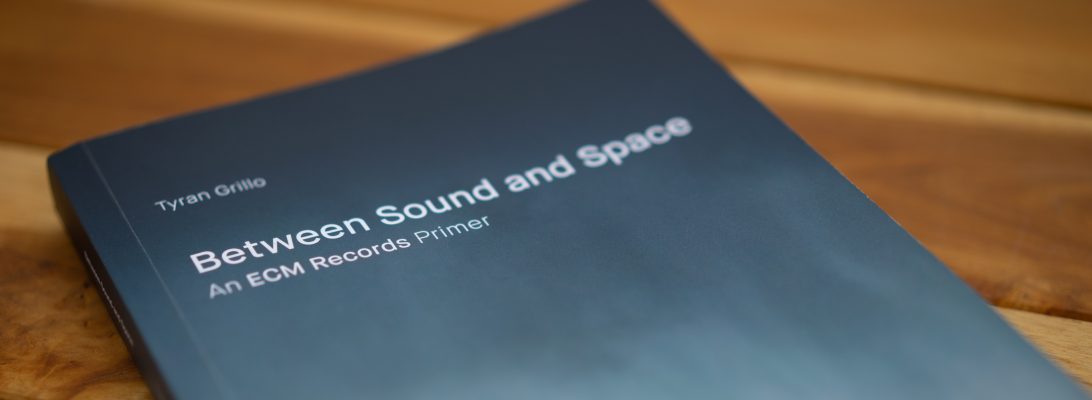Jon Balke
Batagraf
Say And Play
Jon Balke piano, keyboards, electronics, tungoné, darbouka, percussion
Helge Andreas Norbakken sabar, gorong, djembe, talking drum, shakers, percussion
Emilie Stoesen Christensen vocals
Erland Dahlen drums
Torgeir Rebolledo Pedersen poetry reading
Recorded in various locations 2009
Mixed by Olav Torget in Olav Torget’s studios Winter 2010/11
Recording producer: Jon Balke
Executive producer: Manfred Eicher
An ECM Production
Jon Balke’s Batagraf project may feel for some to be an indecipherable thing. Yet beneath its calligraphic rib cage beats a primal language. It is both the life force of rhythm and the rhythm of life force, a generative cycle wherefrom speech unloads its dreams into the transport of a welcoming ear. At the core of this incarnation are Balke himself, percussionist Helge Andreas Norbakken, and drummer Erland Dahlen. To these the session adds the voice of jazz singer Emilie Stoesen Christensen and the poetry of Torgeir Rebolledo Pedersen, read in its original Norwegian by the author.
The latter augments some of the album’s most tetrahedral drumming, attaching roots and stems to the muted pianism of “Calmly” and shuffling its tongues in the garden of breathy synths that is “The Wind Calmer.” Further engagements include “Hundred-Handed” and analog textures of “Winds.” Balancing these are the vocals of Christensen, who in “Riddle #1” and “Riddle #2” fleshes out Batagraf’s philosophy most succinctly. These twisted songs of unanswered questions are gyroscopes forever wobbling but never falling. Unsettled rhythms and piano work their way into the subconscious, where knowledge is questioned, answers are deflated, and the clothes line from which every spoken word hangs trembles in anticipation of a new wash. As in the song “One Change,” Christensen embraces all of this as easily as she abandons recognizable words.
As for the drummers, we find them in manifold spirits in the tender “Baka #65,” and of an especially intimate mind in “Everyday Music” and “Vjup,” for the last of which Christensen embarks on a whimsical deconstruction of masculine pride. The level of psychological extraction realized here shows just how adept these musicians are with intellectual needles and sonic threads. Whether following the Jon Hassell-like current of “Tonk” or digging the IDM beat of “Azulito,” they all seem fully present in the moment. Norbakken’s concluding yet inconclusive “GMBH,” the only track not written by Balke, finds even more beauty in distortions—layers of an archaeological dig, each with its own color and interlocking history. By unbinding words from their referents, they learn to swim with the minnows.
(To hear samples of Say And Play, click here.)




This is fascinating. Norwegian sounds so lyrical even without understanding it!